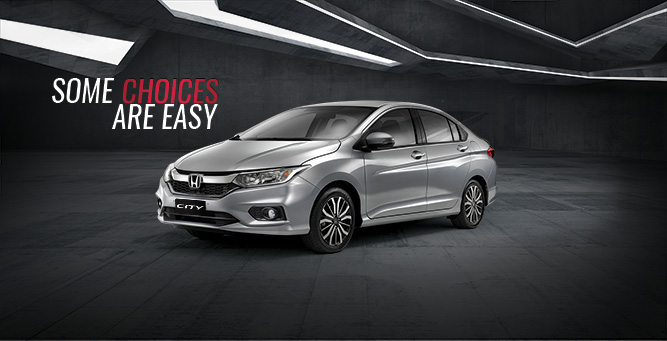In the saturated automobile market, buyers are bombarded with various types of vehicles that are available. There are around 10 basic car body types including sedan, coupe, sports car and SUV. Coming to the passenger cars’ category — both sedan and hatchback are famous among customers because of their affordability and compact size.
Earlier, it was simple to differentiate between the two vehicles but now it has become complex and confusing.
We are going to discuss both body types in detail to make things easier for you.
Sedan
The definition of sedan is the same as it was — a vehicle with four doors and a trunk at the rear. The trunk is completely closed and is separate from the passenger seating area. Some sedan cars come with rear-seats which are foldable and extend the area by opening up a pass-through. However, when the seats are not folded, the trunk is sealed and separated from the passenger compartment.
In simple words, a sedan is a body type in which you can find three separate compartments. The first one is home to the engine; second one houses the passengers and the last one is the truck which allows us to accommodate objects.
Hatchback
It is no more than an easy task to differentiate a hatchback from a sedan. Things can get confusing when some people refer to these cars as four-door coupes.
Traditionally, these vehicles were small, compact, cheap, and boxy. Unlike sedans, these had two compartments including passenger area and engine. Coming with two or four doors, they used to have a tailgate at the rear.
Today, the hatchbacks have evolved. The style and sleekness have reached a new level. The cabins are well built and the interior is spacious. Some modern hatchbacks include Mazda 3, Hyundai Elantra GT, Honda Civic Sport and Corolla Hatchback.
Today many hatchbacks are confused with sedans. Although these have four doors and a trunk with a flip-up door that opens up to allow access to cargo. Fast and speedy — these cars are mid-size or luxury-oriented vehicles. A preferred example would be Honda Civic Type R.
Cargo Capability
Another thing that sets them apart is the cargo-hauling ability. If you compare two similar sizes, a hatchback can easily carry more cargo and can be accessed more easily than a sedan. The flip-up door at the rear opens wide and large and enables you to load larger objects easily without any obstruction.
On the other hand, the half-open door of the sedan’s trunk limits access to bulky and sizable objects. Similar to SUVs, Hatchbacks have seats which are easily folded that increase the cargo space.
Pros and Cons
Usually there are two disadvantages associated with Hatchbacks. If you do not comprise a cargo cover then whatever you keep is visible to passers-by. And since the back area is not separate from the passenger seating area as it is in a sedan, it can allow road noise to enter your cabin, making the ride a little bit uncomfortable.
Some automobile manufacturers like Honda offer the same car in both sedan and hatchback versions. For instance, Honda Civic 2020 is offered in sedan level trims along with hatchback trims like Honda Civic Type R.
Hatchback trim was also introduced in Honda City. However, it was discontinued soon after.
The Civic hatchback has been quite successful. It comes with 22.6 cubic feet of cargo room with the seats in the second row unfolded. Space is on the same sedan level trim of 15.1 cubic feet. When you fold the seats in the second row, the cargo space extends to 46.2 cubic feet. While you can also put some extra stuff in the rear seat area of the sedan, the space in a hatchback is always more flexible and can accommodate larger stuff.
If you are deciding between a sedan and a hatchback, we advise you to carefully analyse your transit needs after identifying them.
Visit a car dealer after you have chosen some models and don’t forget to take a test drive because there’s nothing better than experiencing it yourself.











:max_bytes(150000):strip_icc()/GettyImages-522272311-5949bdc15f9b58d58a035319.jpg)
